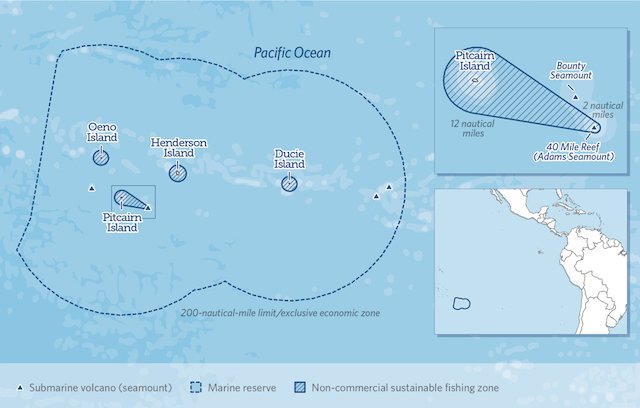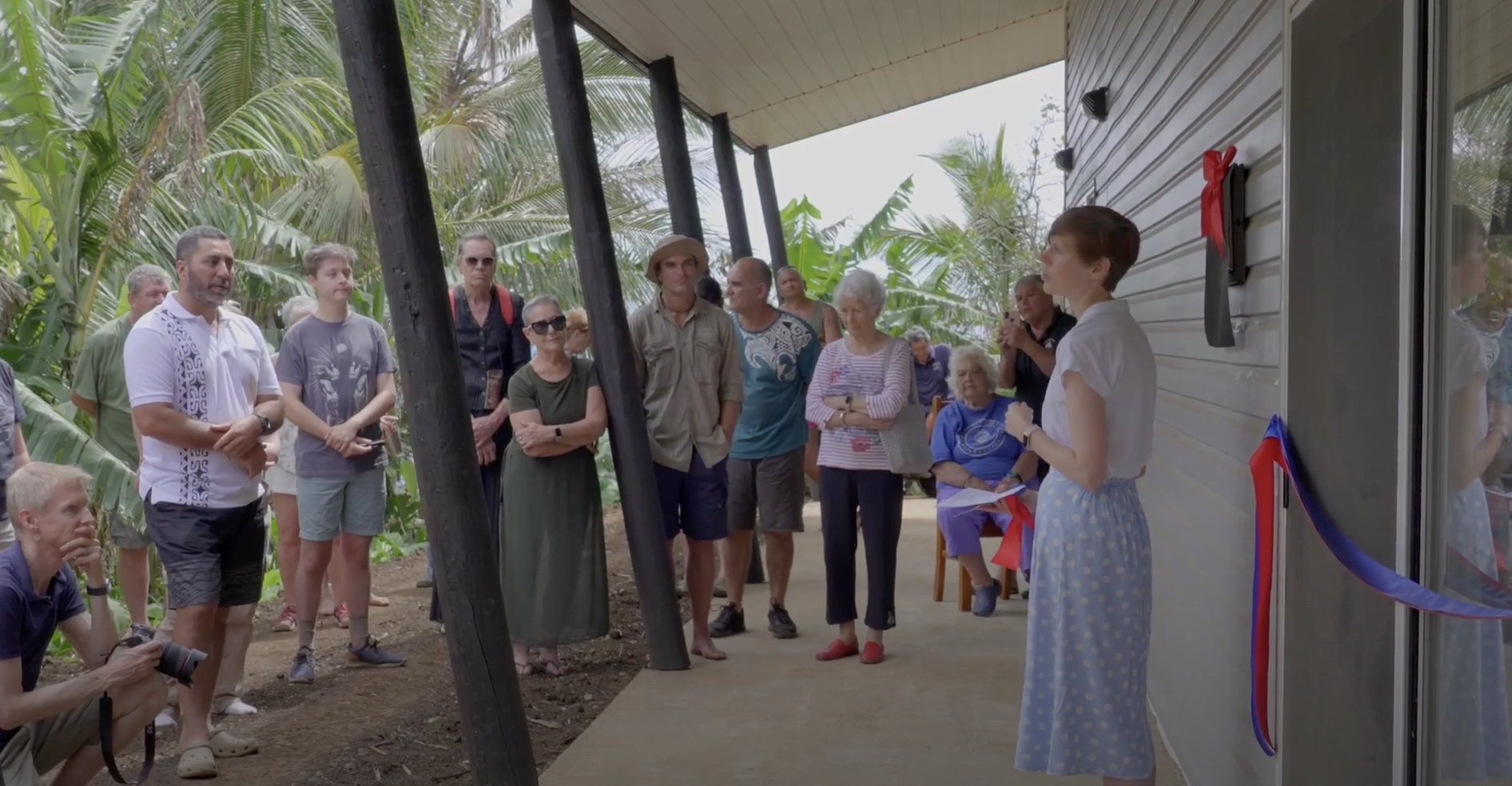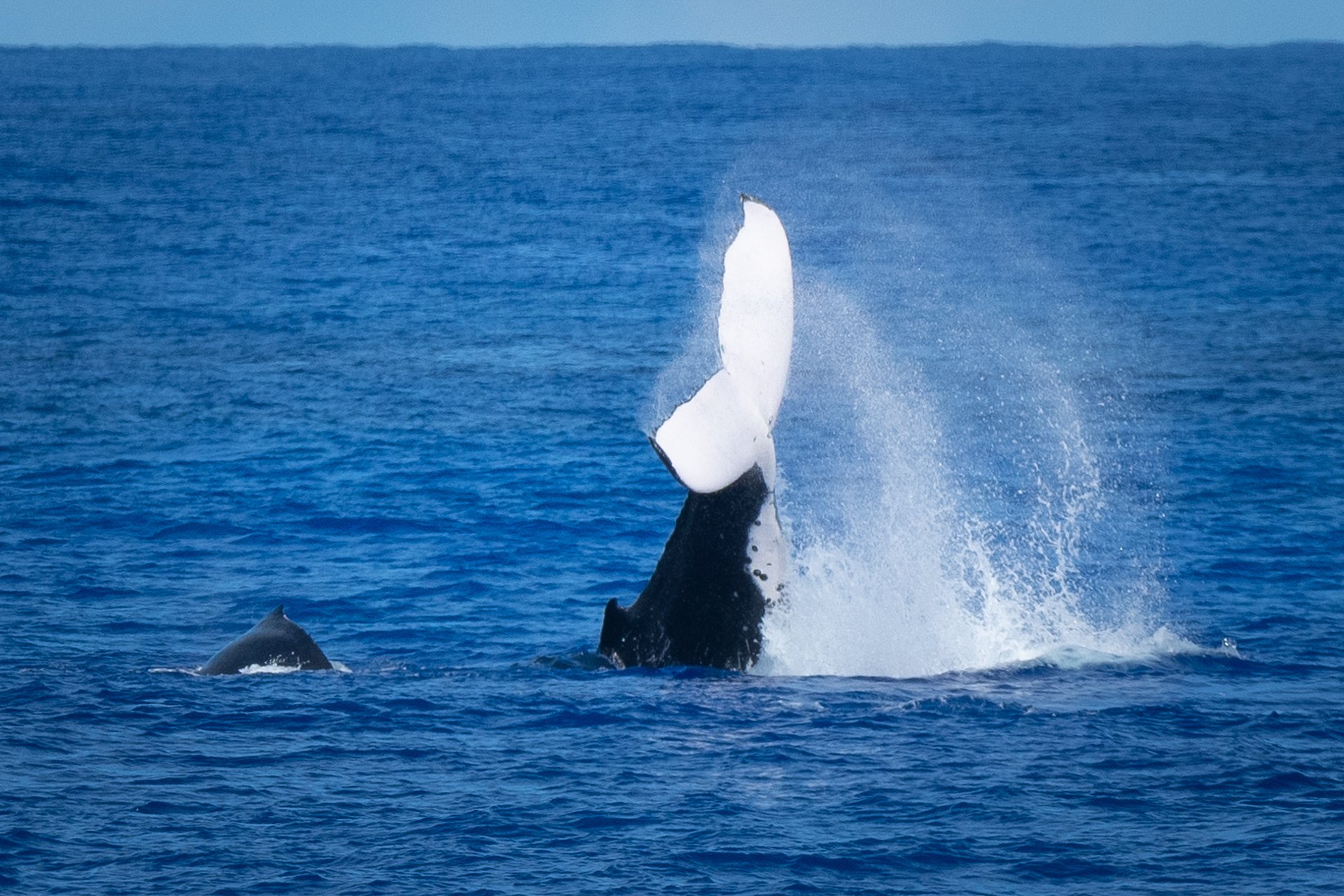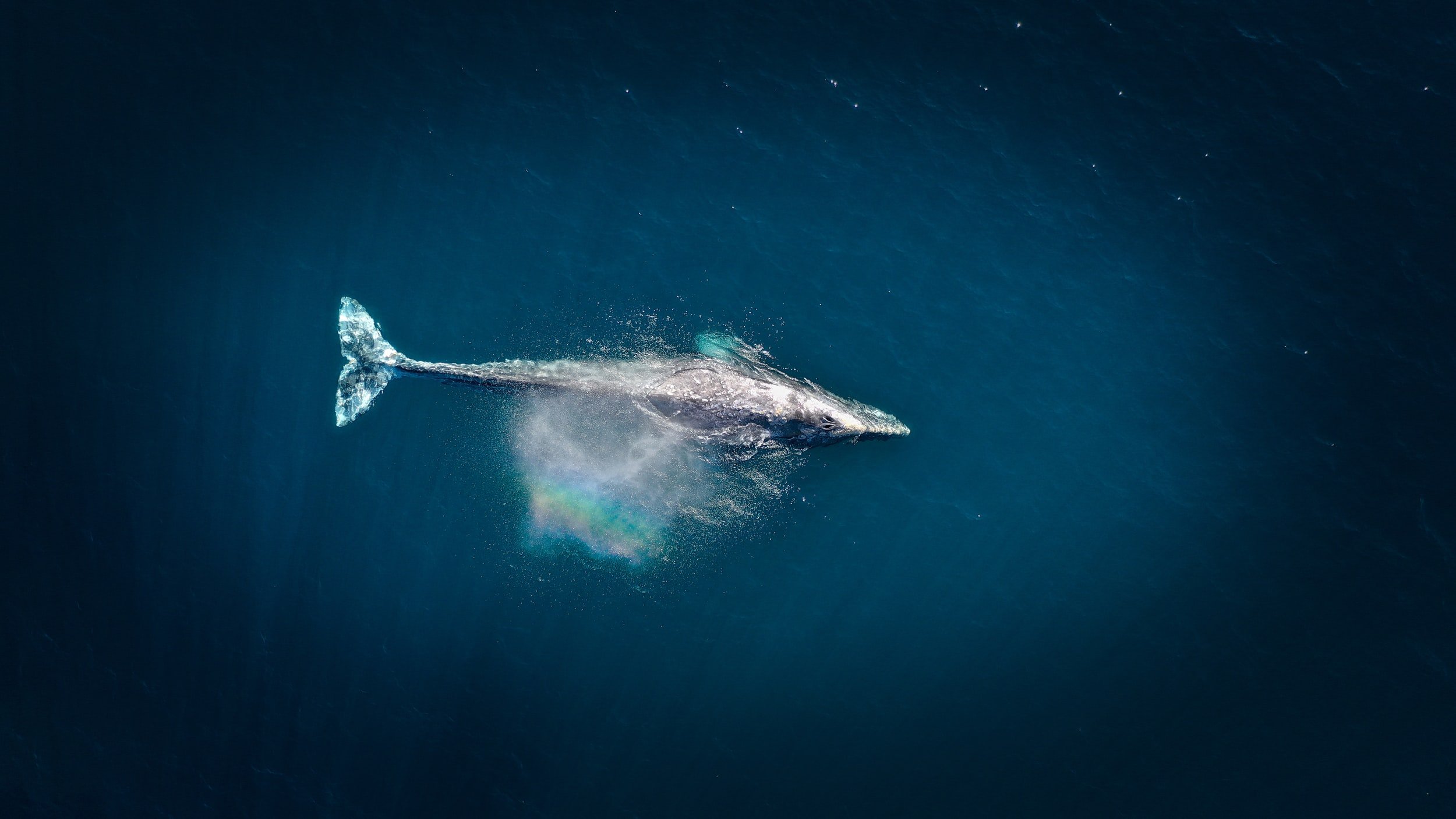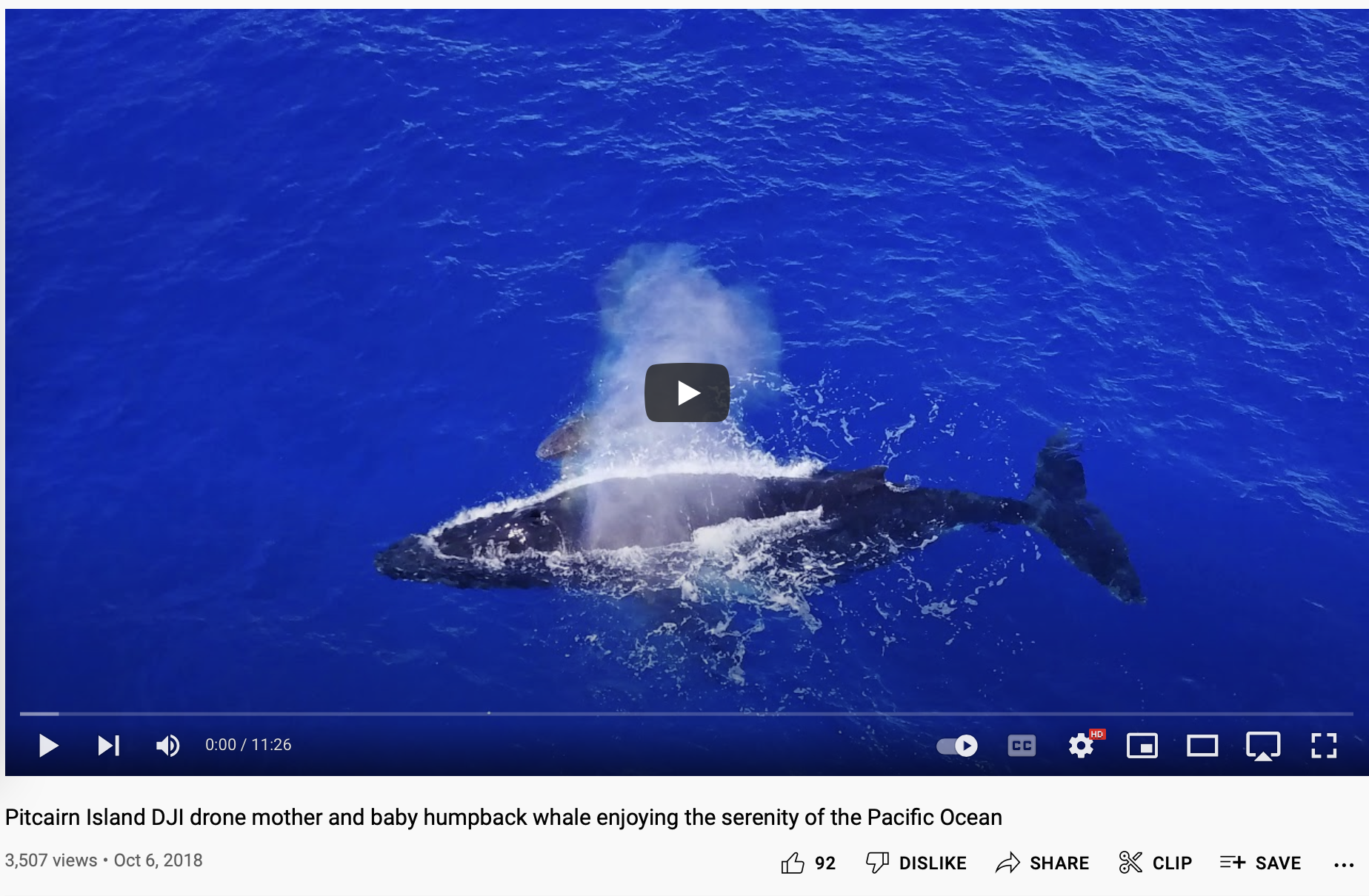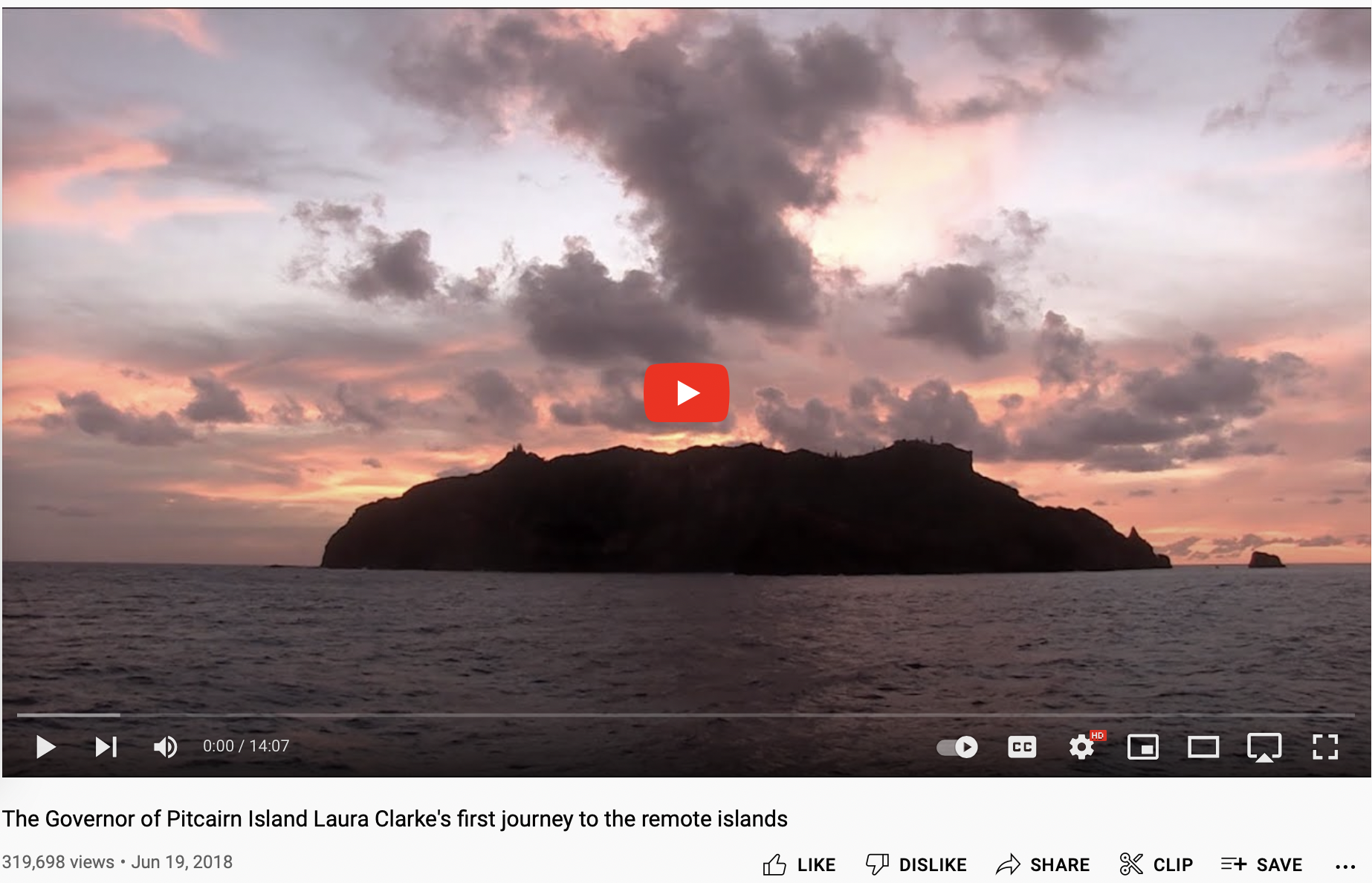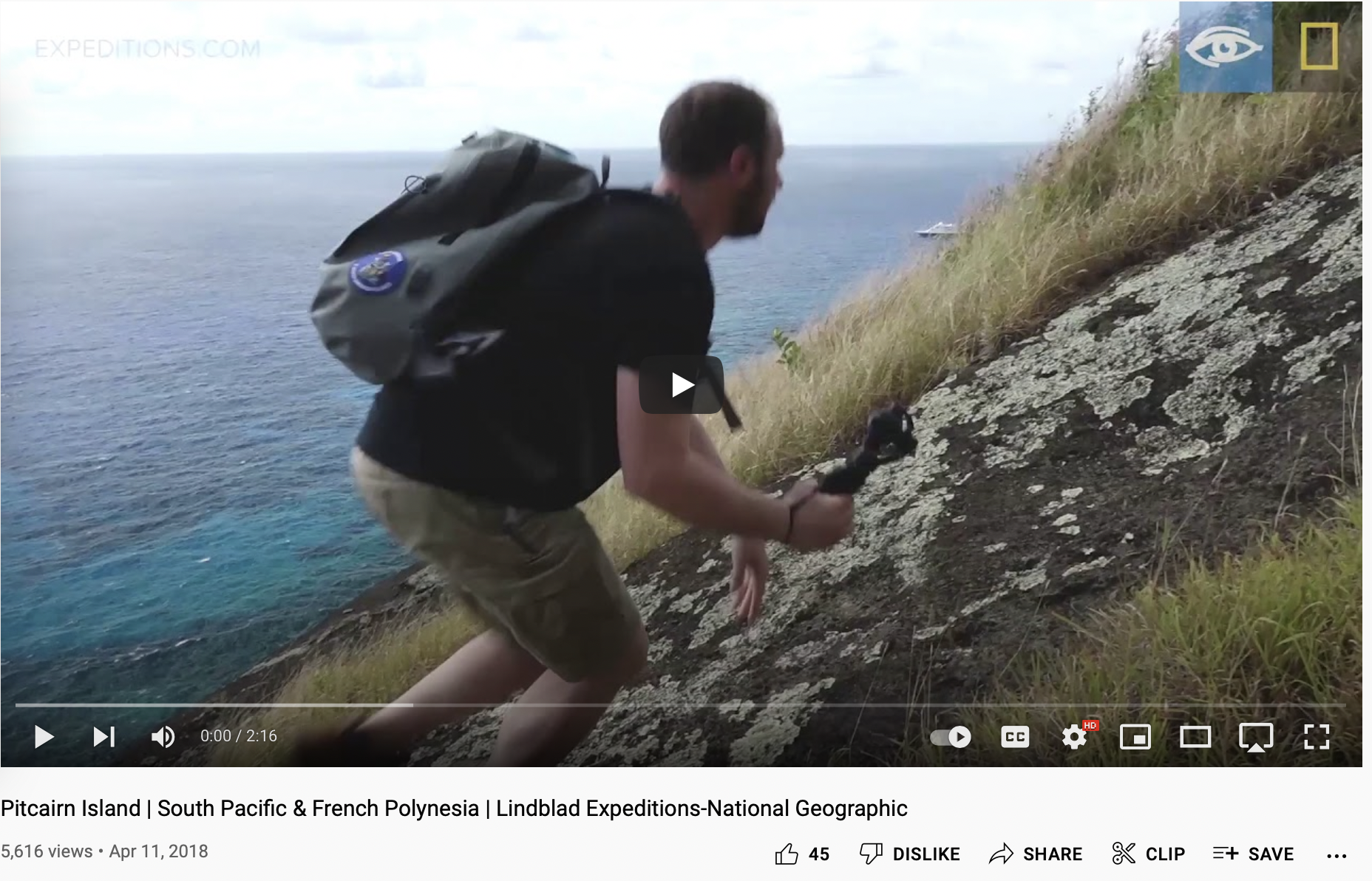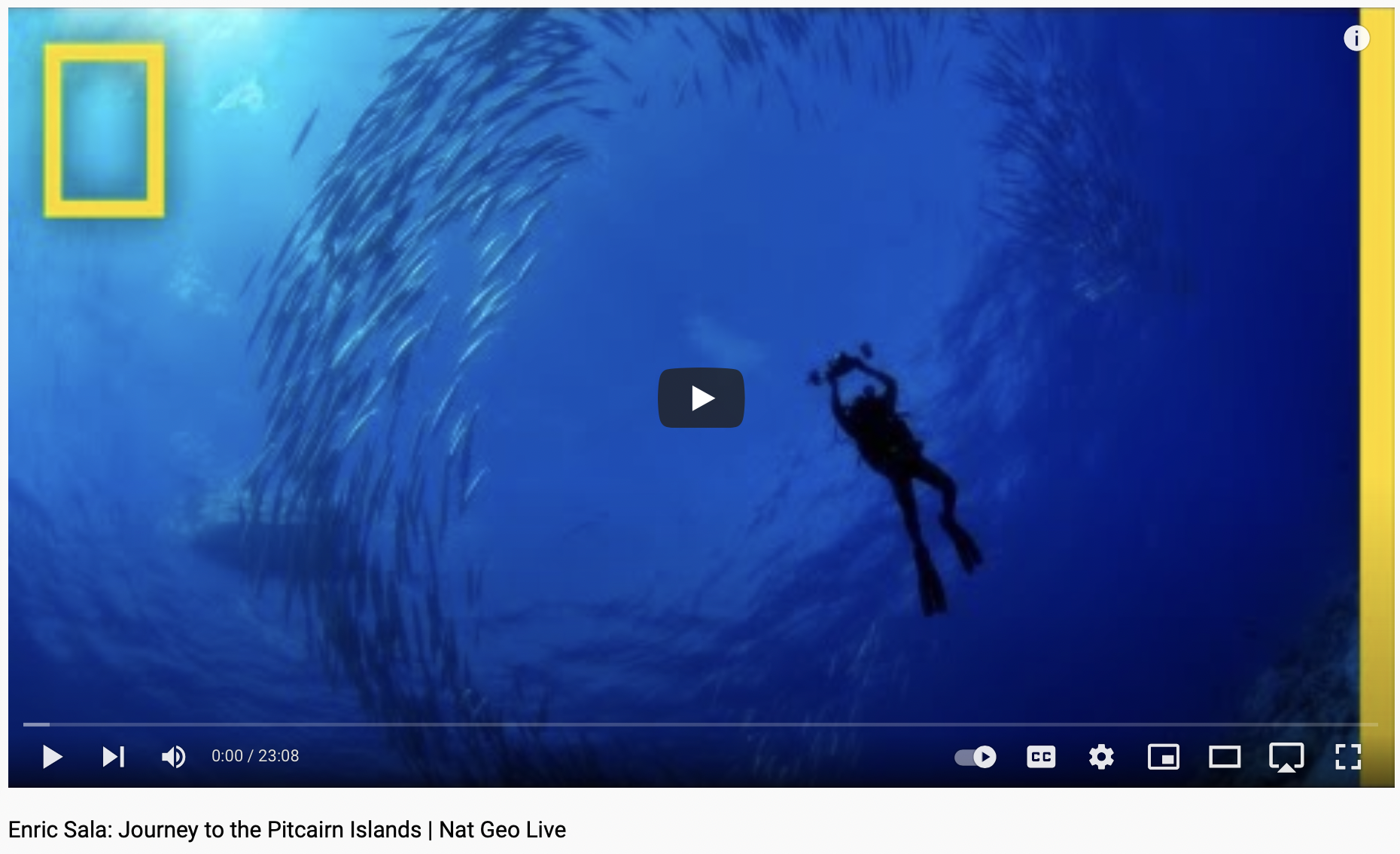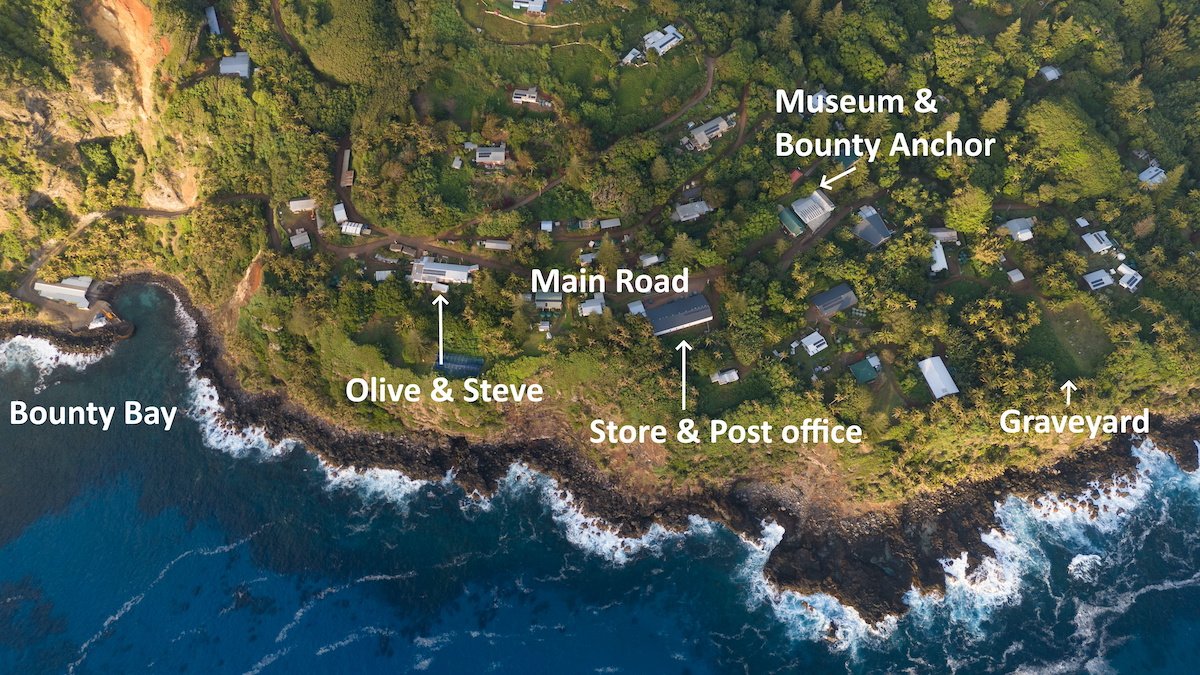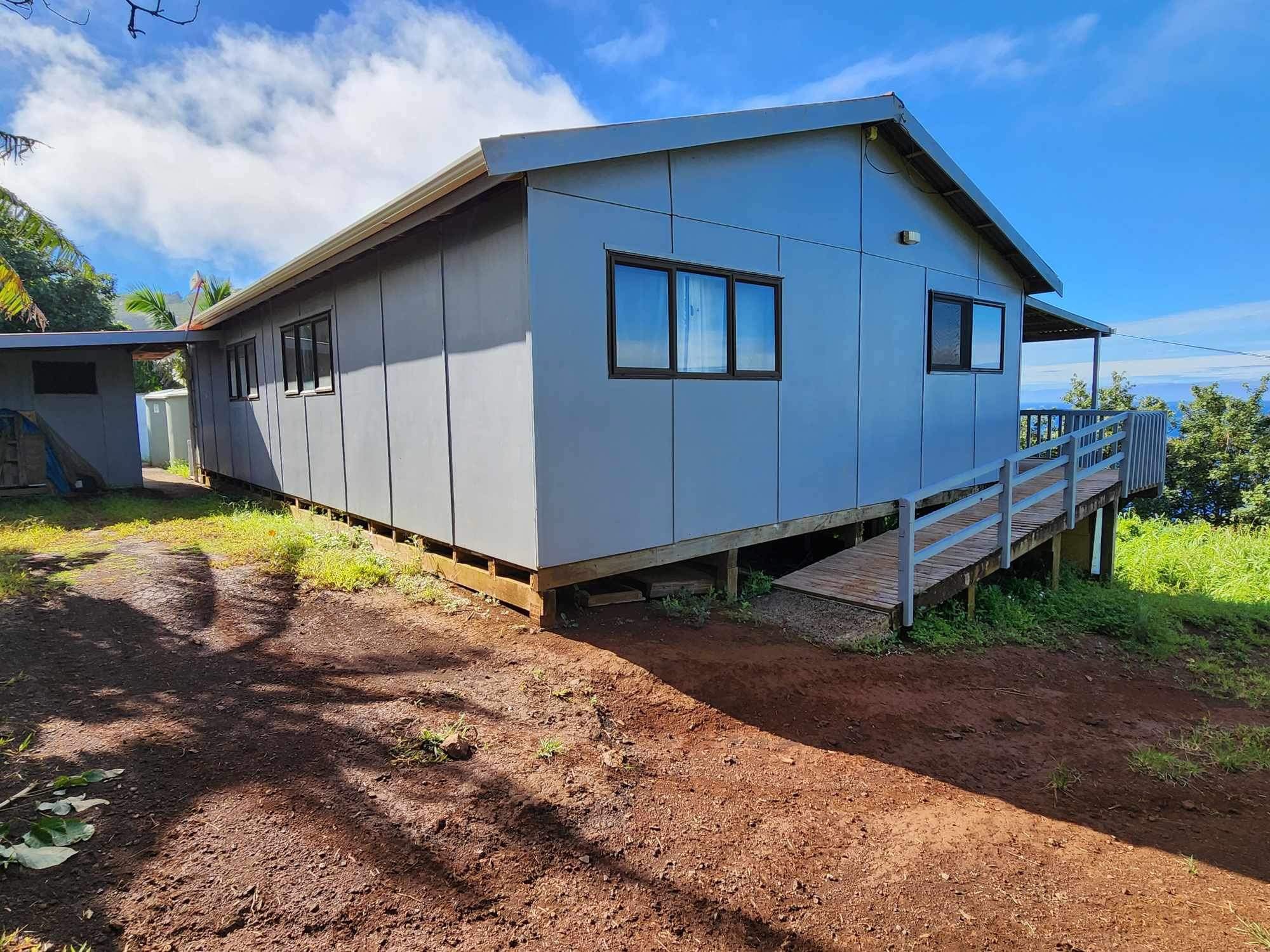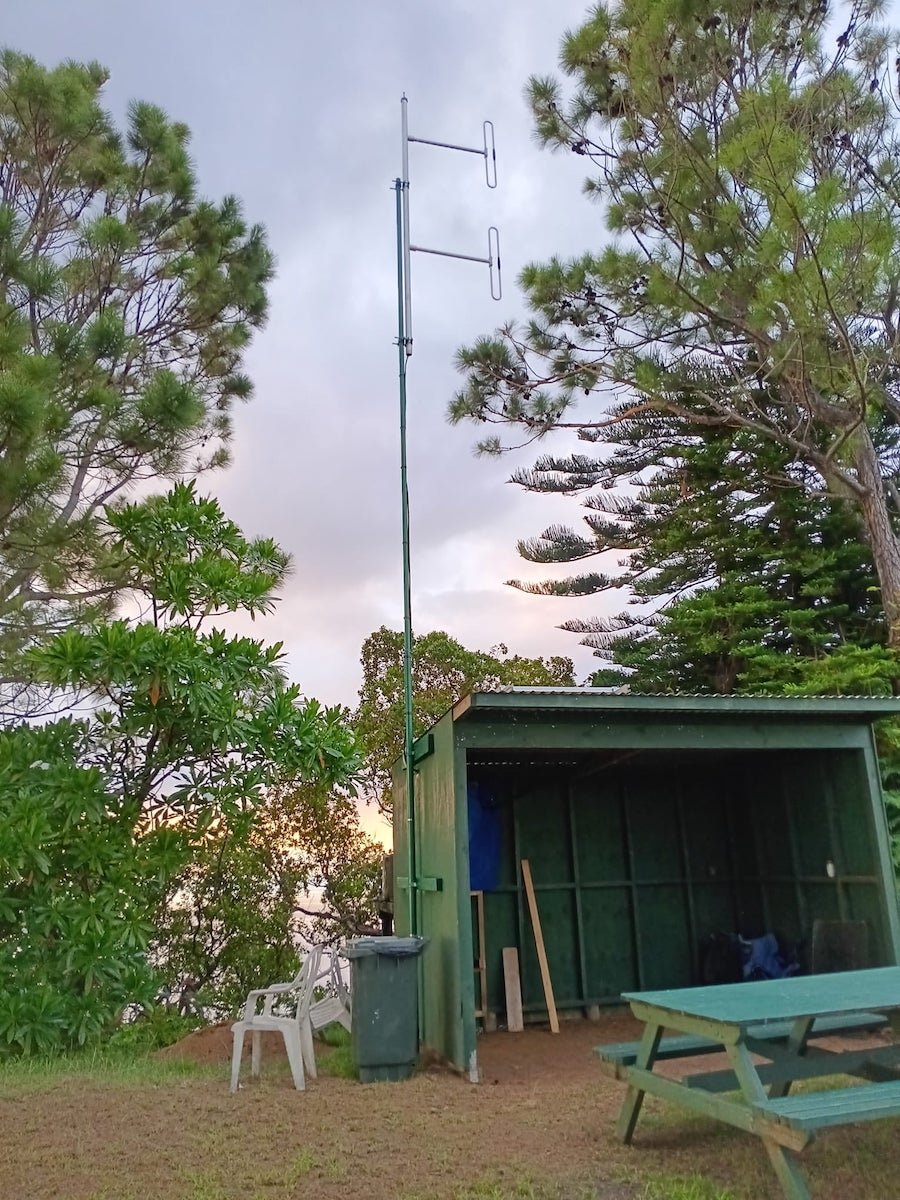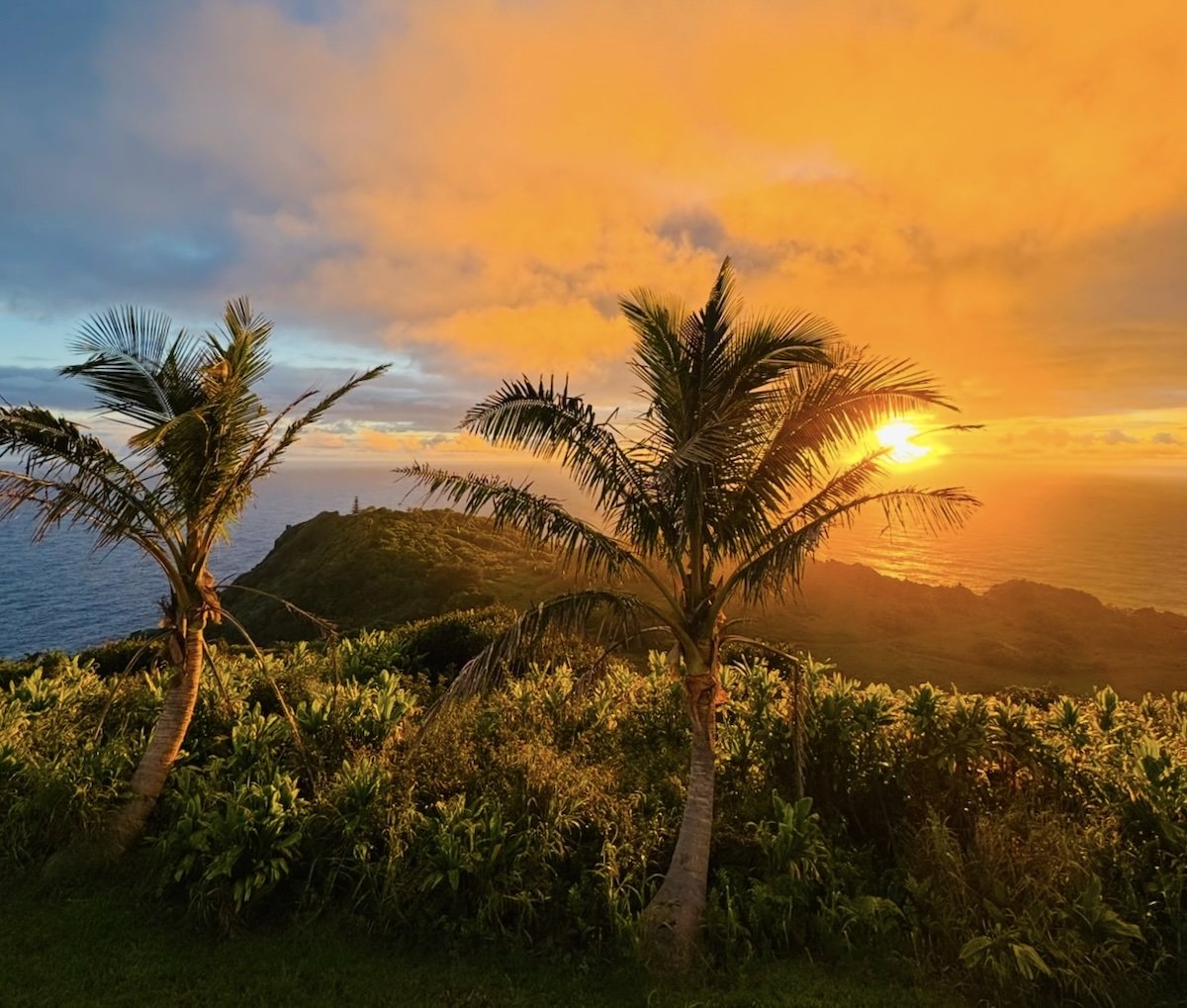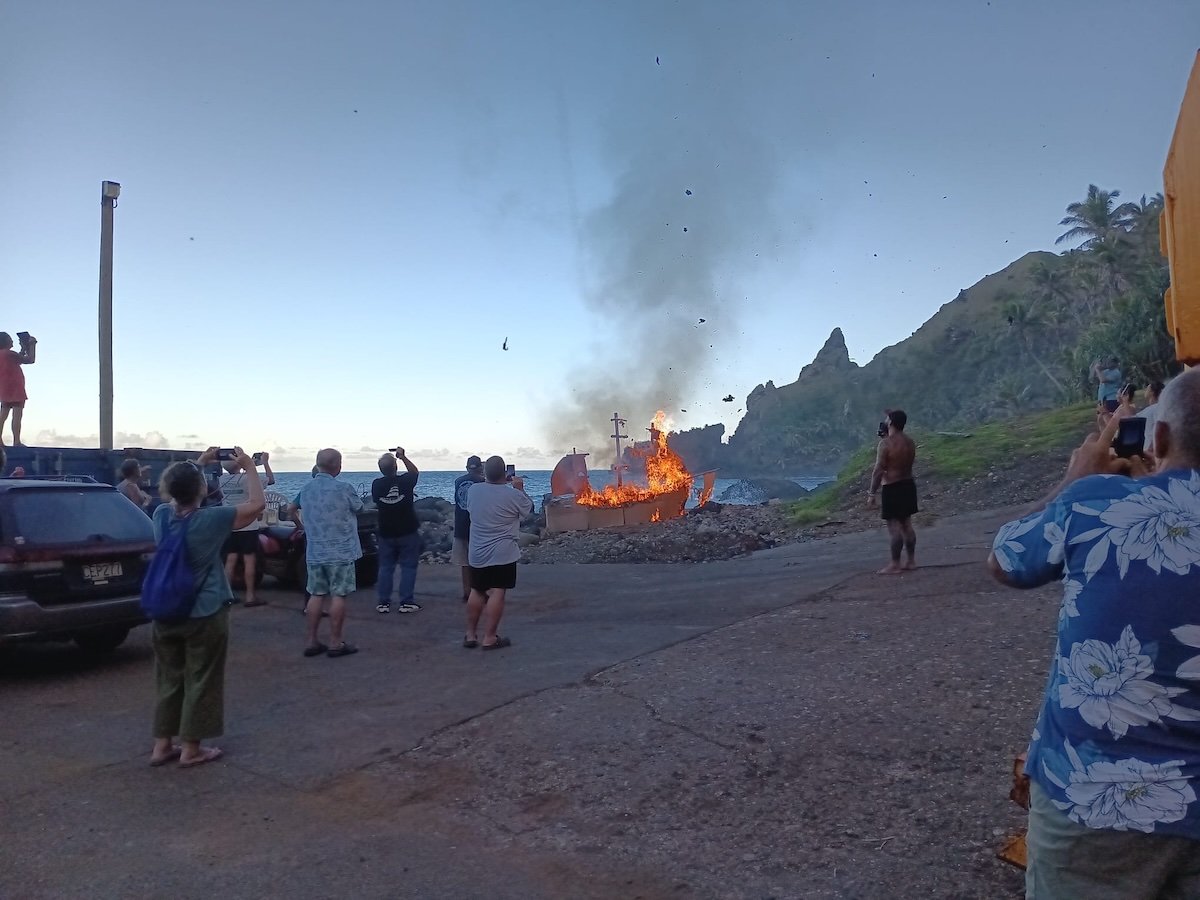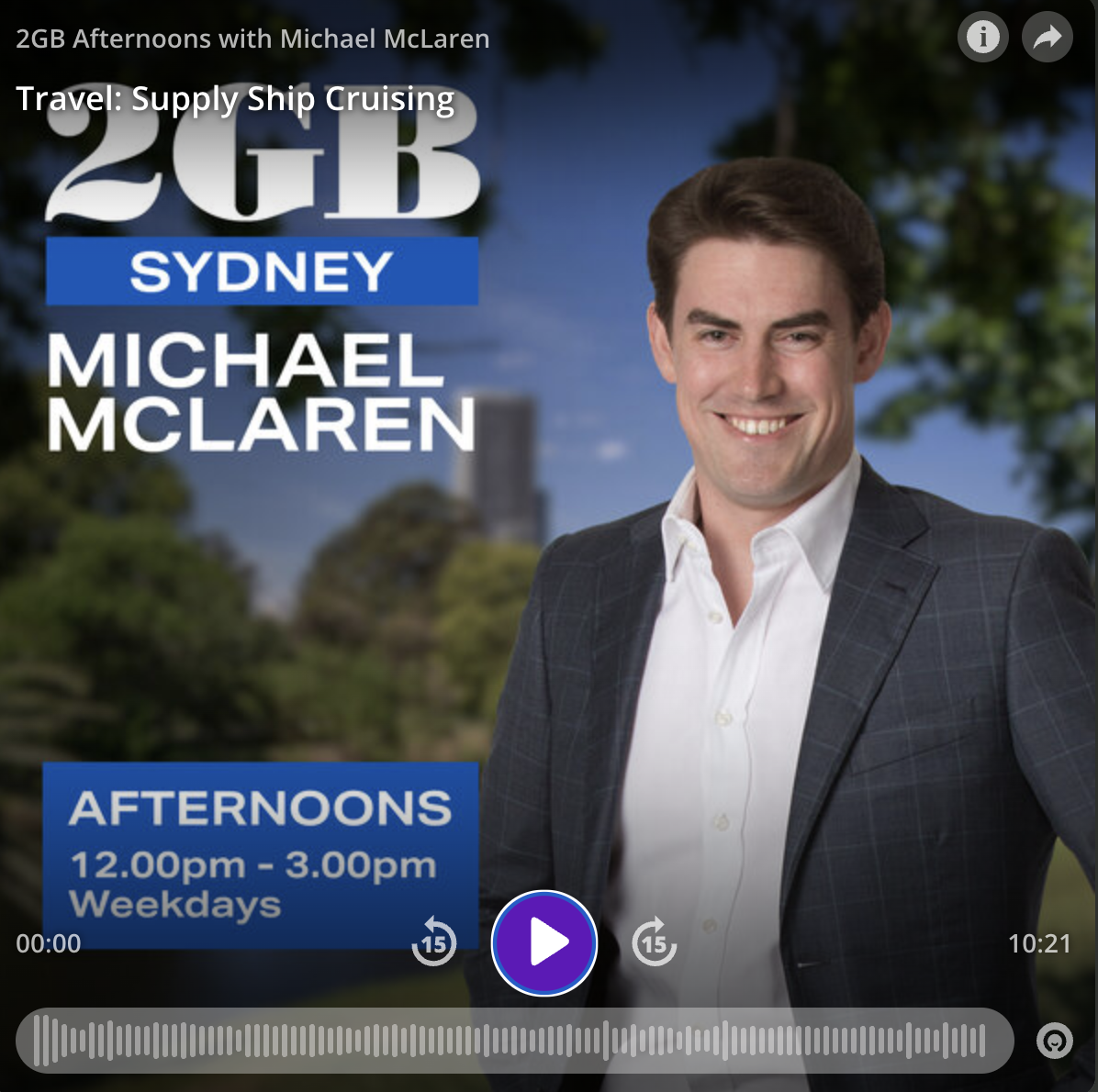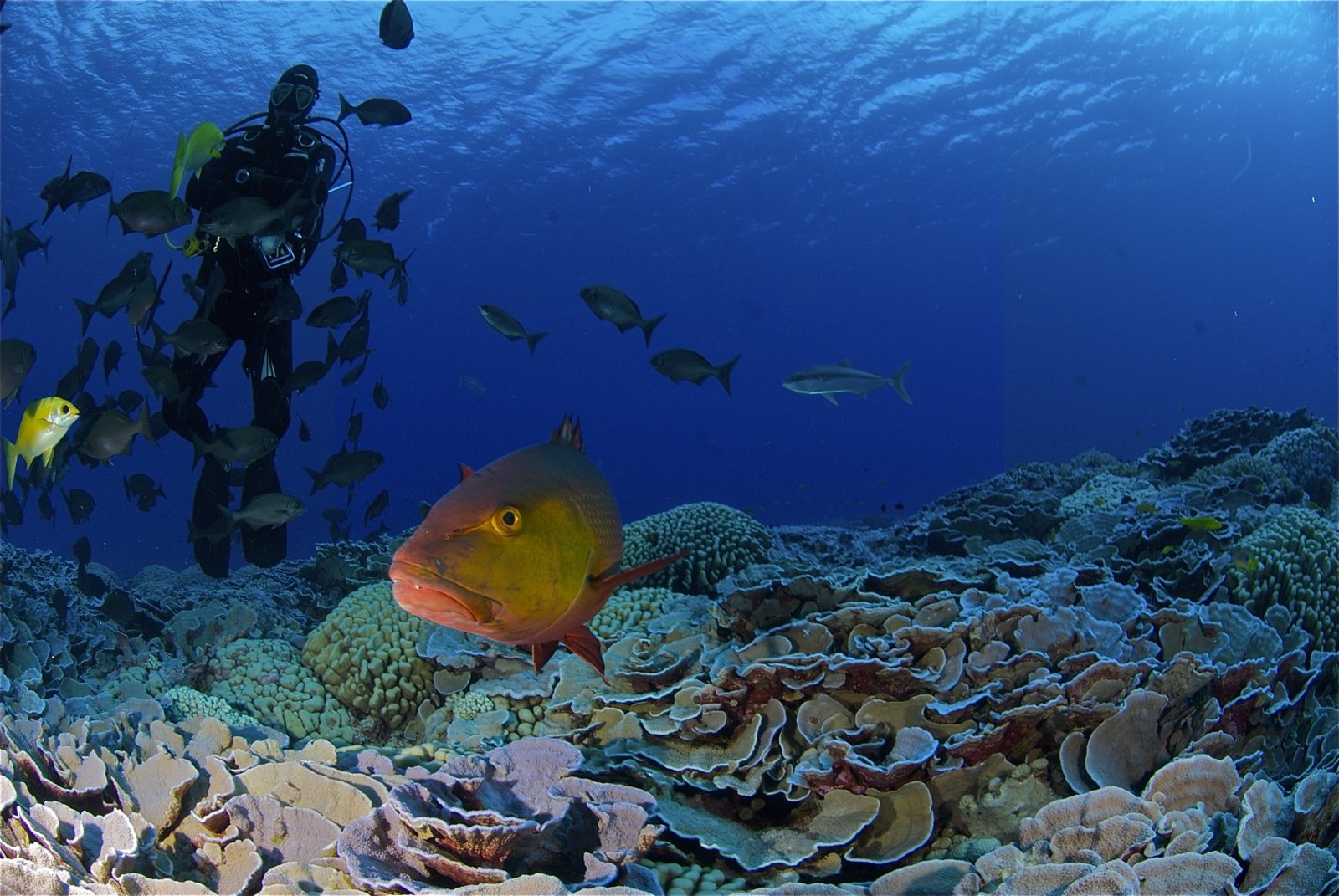
Pitcairn Islands Marine Reserve
One of the Largest on Earth, Protecting Our Waters For Generations To Come
Since early 2011 the Pew Environment Group’s Global Ocean Legacy project worked with the Pitcairn islanders on the idea of establishing a large scale marine reserve within their waters. In March 2012 the National Geographic Society and Global Ocean Legacy conducted an expedition to Pitcairn to assess the health of the marine environment around all four islands, and also – for the first time ever – used dropcams, to investigate the deep water areas. The surveys revealed an incredibly healthy marine ecosystems, as well as plants and animals new to science.
The global biological value of the marine ecosystems of the Pitcairn Islands is outstanding, and deserves strict protection and recognition. A large no-take reserve, while allowing for traditional small-scale uses, conserves this unique environment, attracts scientific and conservation interest in studying and protecting the area, and also increases tourism to the islands, all of which benefit the local economy.
At 324,000 sq miles (834,000 sqkm) The Pitcairn Marine reserve will offer protection to some of the most pristine waters and coral reefs on earth.
In Partnership With
These findings were presented to us here on the island, and it was the first time the residents of Pitcairn had a proper chance to see what’s going on under the water, and understand how precious the marine environment here is.
On March 18th, 2015, the British Government made a historic decision to establish the world's largest marine reserve around the Pitcairn Islands.
Less than 3% of the ocean is effectively protected. We need to protect at least 30% of the ocean to safeguard marine biodiversity and build ocean resilience.
- Marine Conservation Institute
The People of Pitcairn Island are extremely excited about designation of the Worlds Largest Marine Reserve in our vast and unspoiled waters, including Ducie, Oeno and Henderson Islands.
“We are proud to have developed and led this effort in partnership with Pew and National Geographic to protect these spectacular waters we call home for generations to come.”
As of September 2023, Pitcairn now hosts a state-of-the-art laboratory, wholly committed to advancing scientific research on climate change and the preservation of endangered species. This endeavor enjoys steadfast support from the British government, and serves as a testament to the resolute dedication of Pitcairn's 40 residents, who personally undertook the construction of this marine science base.
Keep reading to learn more >>>

At 324,000 sq miles (834,000 sqkm) The Pitcairn Marine reserve will offer protection to some of the most pristine waters and coral reefs on earth.
Latest Marine Protected Area (MPA) News
Videos Featuring Pitcairn Islands Marine Reserve
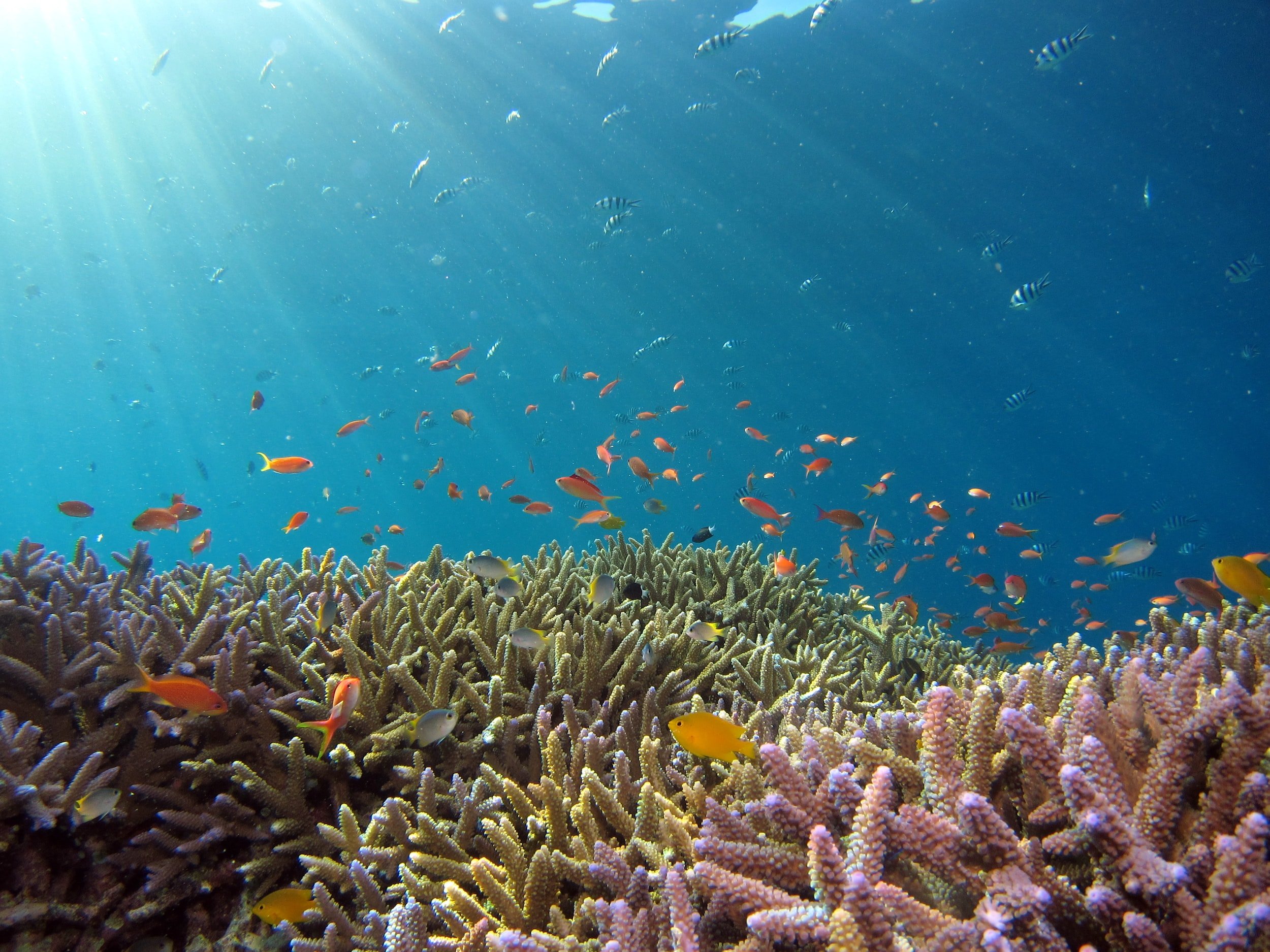
“We will create a 'Blue Belt' to protect precious marine habitats”
Pitcairn’s New Marine Science Base
As of September 2023, Pitcairn is now home to a state-of-the-art laboratory to facilitate scientific research on climate change and endangered species. This initiative is supported by the British government and is a testament to the 40 residents' dedication, as they constructed the marine science base themselves.
This facility will serve as a global hub for experts interested in studying imperiled species such as humpback whales, green turtles, and seabirds like the Henderson petrel. Additionally, it will be a central point for monitoring some of the last remaining near-pristine coral reef atolls and ecosystems on the planet.
The crystal-clear waters surrounding the islands allow corals to thrive at unusual depths in cooler waters, potentially enhancing their resilience to climate change and offering refuge to these vulnerable ecosystems. This remarkable endeavor was inaugurated by Iona Thomas, the Governor of Pitcairn and Britain's High Commissioner to New Zealand.
Accommodating up to four visiting scientists, the laboratory is fully equipped with meeting rooms, internet connectivity, and multimedia facilities. The first scientists have already arrived on the island, with one studying the migration of humpback whales, which visit the tranquil waters between May and October for breeding.
Protecting the marine environment
The waters around the Pitcairn Islands are a Marine Protected Area and support a wealth of marine wildlife. To protect this pristine marine environment, we need to take steps to prevent the introduction of invasive non-native species (INNS). INNS are species that are introduced to an area outside of their natural range. They establish and spread quickly, out-competing native species. INNS are one of the greatest threats to biodiversity globally. Once introduced they can have a huge impact on marine ecosystems. Marine INNS may be introduced into new areas by various means. This includes in ships’ ballast water or by attaching to hulls and other submerged parts of boats or equipment. Before travelling to the Pitcairn Islands, please read our marine biosecurity leaflet and comply with the guidance within it.
Pitcairn Island Marine Reserve - Timeline
Early 2011
Pew's Global Ocean Legacy program starts work with the Pitcairn community on island and receive approval from Pitcairn Island Council to explore concept of Pitcairn Island Marine Reserve. Significant body of research and studies commissioned and shared.
March - April 2012
National Geographic and Pew conduct a scientific expedition to survey underwater health of Pitcairn Islands' ecosystem with permit granted by Island Council.
September 2012
Along with the island community, the Pitcairn Island Council votes to unanimously support the creation of a marine reserve around the Pitcairn Island.
November 2012
Formal launch of Pitcairn Island Marine Reserve campaign at the Royal Society in London by Pew, National Geographic, and Pitcairn Island Council, with film released about underwater bounty of the Pitcairn Island and the proposed marine reserve.
January 2013
The Pitcairn Island Council, Pew, and National Geographic submit a formal and joint proposal to UK government for the creation of the world's largest fully protected marine reserve in the Pitcairn Island.
February 2013
Pew form partnership with UK Government initiative Satellite Applications Catapult to address the challenge of monitoring marine reserves and illegal unreported unregulated fishing (IUU).
March 2013
Pew and Catapult host expert workshop to identify technologies to monitor IUU.
January - June 2013
Research commissioned at request of UK Government on marine reserve and its enforcement, economics, science, and tourism.
October - November 2013
Pitcairn Islanders travel to London and to the 3rd International Marine Protected Area Congress (IMPAC3) in France to educate UK government representatives on the value of and the island's support for the proposed marine reserve.
September 2013 - April 2014
The Virtual Watch room for Marine Reserves concept demonstrator initiates and develops.
January 2014
The House of Commons Environmental Audit Committee publishes its report "Sustainability in the UK Overseas Territories" and includes in its formal recommendations that the UK Government must create the Pitcairn Island Marine Reserve.
September 2014
Zac Goldsmith MP hosts the UK Parliamentary launch of 'Marine Protected Areas in the UK's Overseas Territories' with statement of support read by community of Pitcairn.
Early December 2014
Pitcairn Islanders travel to London to provide local voice of support for Pitcairn Island Marine proposal and meet with UK government representatives, representatives of Catapult and NGOs among others.
December 2014
Pew makes an offer to the UK Government to support the monitoring of the Pitcairn Marine Reserve.
December 2014
UK Government hosts an expert meeting with the Marine Reserves Coalition to discuss marine reserves around Pitcairn and Ascension, chaired by Minister for Government Policy, Oliver Letwin MP.
January 2015
Prince Charles International Sustainability Unit, at Clarence House hosts cross-government work session 'Monitoring and enforcement systems for marine reserves' hosted.
January 2015
Caroline Spelman MP, Pew, and Satellite Applications Catapult host the Parliamentary launch of 'The Virtual Watch Room for Marine Reserves'.
January 2015
Trial of monitoring of the Pitcairn Island Marine Reserve begins, using satellite technology and a WaveGlider. Supported by the Pew Trusts and the Bertarelli Foundation
February 2015
John Randall MP, the Great British Oceans Coalition, and Sylvia Earle host event in the House of Commons 'Marine Protection in the UK Overseas Territories'.
February 2015
Pew meets with UK Government to discuss the monitoring and enforcement of Pitcairn Island Marine Reserve.
February 2015
Executives of the Great British Oceans Coalition write to Minister for Government Policy Oliver Letwin MP communicating their united support in the enforcement of Pitcairn Island Marine Reserve using satellite monitoring and regional political co-operation. A move away from traditional 'boots on deck' enforcement.
March 2015
The UKos Government announce their political commitment for a Marine Protection Area around the Pitcairn Island is in the Budget.
March 2015
The announcement receives wide spread media coverage, both nationally and internationally, crediting the UK Government's commitment to create the world's largest Marine Reserve and global leadership by the UK on the issue. The announcement also receives unanimous support from the Great British Oceans Coalition.
March 2015
UK Parliament prorogues for the 2015 General Election.
April 2015
Conservative Manifesto is published in Swindon re-stating the commitment for the Marine Reserve around the Pitcairn Islands and marine reserves around other UKOT's.
“We will create a 'Blue Belt' to protect precious marine habitats
Earlier this year, we announced the creation of a new Marine Protected Area around the Pitcairn Islands - the largest protected expanse of sea in the world. We will now go even further, creating a Blue Belt around the UK's 14 Overseas Territories, subject to local support and environmental need. We will designate a further protected area at Ascension Island, subject to the views of the local community.And, off our own coasts, we will complete the network of Marine Conservation Zones that we have already started, to create a UKBlue Belt of protected sites”.
April 2016
Culmination of trial of monitoring of the Reserve and presentation of results to the FCO
August 2016
Drafting of the Pitcairn Island MPA Ordinance. The legislation is significantly shaped by the Pitcairn Island Council
September 2016
Legal designation of Pitcairn Island Marine Reserve
February 2023
The Pitcairn Islands Marine Protected Area (MPA) wins the Platinum-level Blue Park Award for exceptional marine wildlife conservation. This recognition is a testament to Pitcairn's commitment to preserving its unique and diverse ocean ecosystem.
September 2023
Opening of Pitcairn’s Marine Science Base
Keen to learn more?
Learn about International Dark Sky Sanctuary, check out our on-island accommodations, or read the latest article from The Pitkern Blog. Ready to make a booking? Click here.
Pitcairn Accommodations
Introducing Mata ki te Rangi - Pitcairn's International Dark Sky Sanctuary
The Pitcairn Islands have exceptionally stunning dark skies, free from all light pollution. In late 2018 the Government of Pitcairn Islands made application to the International Dark Sky Association (IDSA) for the 4 islands in the Pitcairn Islands group to be granted the status of an International Dark Sky Sanctuary (IDSS).
The Latest From The Pitkern Blog

